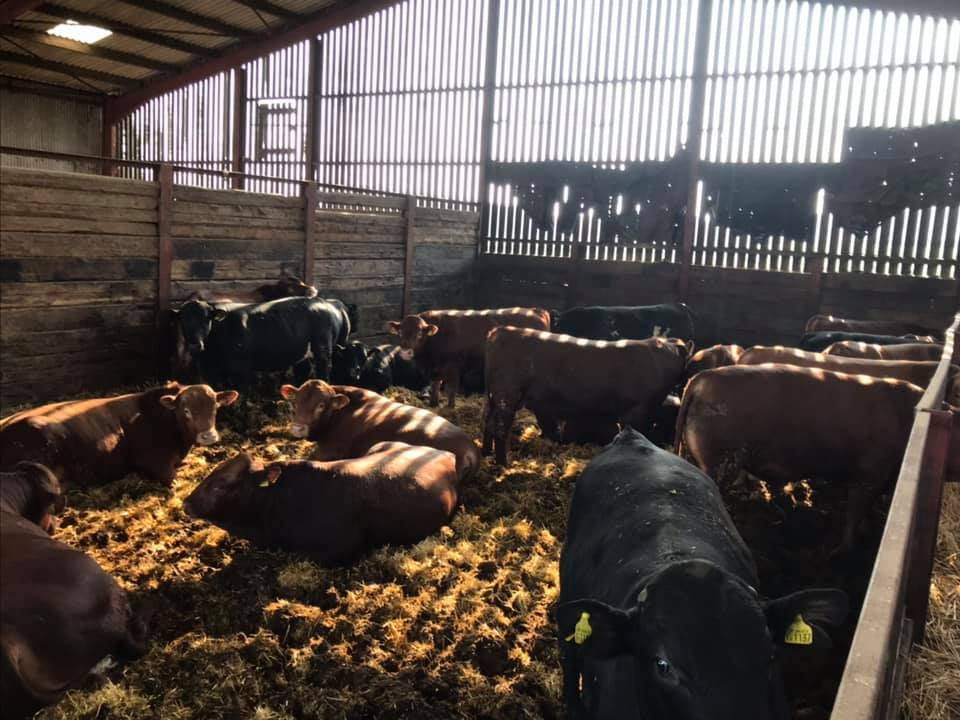NJB Hoofcare Area of Operation
An effective regimen for preventing lameness in your herd can have a significant impact on the yield and profitability you achieve.
Regular visits for mobility scoring, assessment and hoof trimming as required can help you minimise the main causes of lameness. As highly experienced and qualified hoof trimmers, and licenced Mobillity Scorers, you can be sure of first class lameness prevention services for your herd. Throughout Wiltshire, Gloucestershire, Somerset, Monmouthshire and Gwent, we offer a complete consultancy, assessment and foot trimming service.
Call us on the number shown or click in the header of any page to send us an email and arrange an initial consultancy visit.


Cattle Hoof Care & Foot Trimming
Throughout South Wales and Southwest England, the following services are available from NJB Hoofcare:
- Routine hoof trimming for dairy herds
- Farmers' CPD coaching
- Bespoke lameness prevention packages
- On-site training
- Individual and group training
- Consultancy herd lameness mobility scoring
- Suckler beef herds, bulls
Apart from the many attractions of Blaisdon, there is a flourishing agricultural economy in the surrounding areas. Beef and dairy cattle are kept on farms of all sizes, from small family units with just a few head, to larger commercialised dairy herds.
Whatever the size of your herd, the risk of cattle lameness affecting their yield and well being is the same. That is why many farmers in the Blaisdon area call in NJB Hoofcare for:
